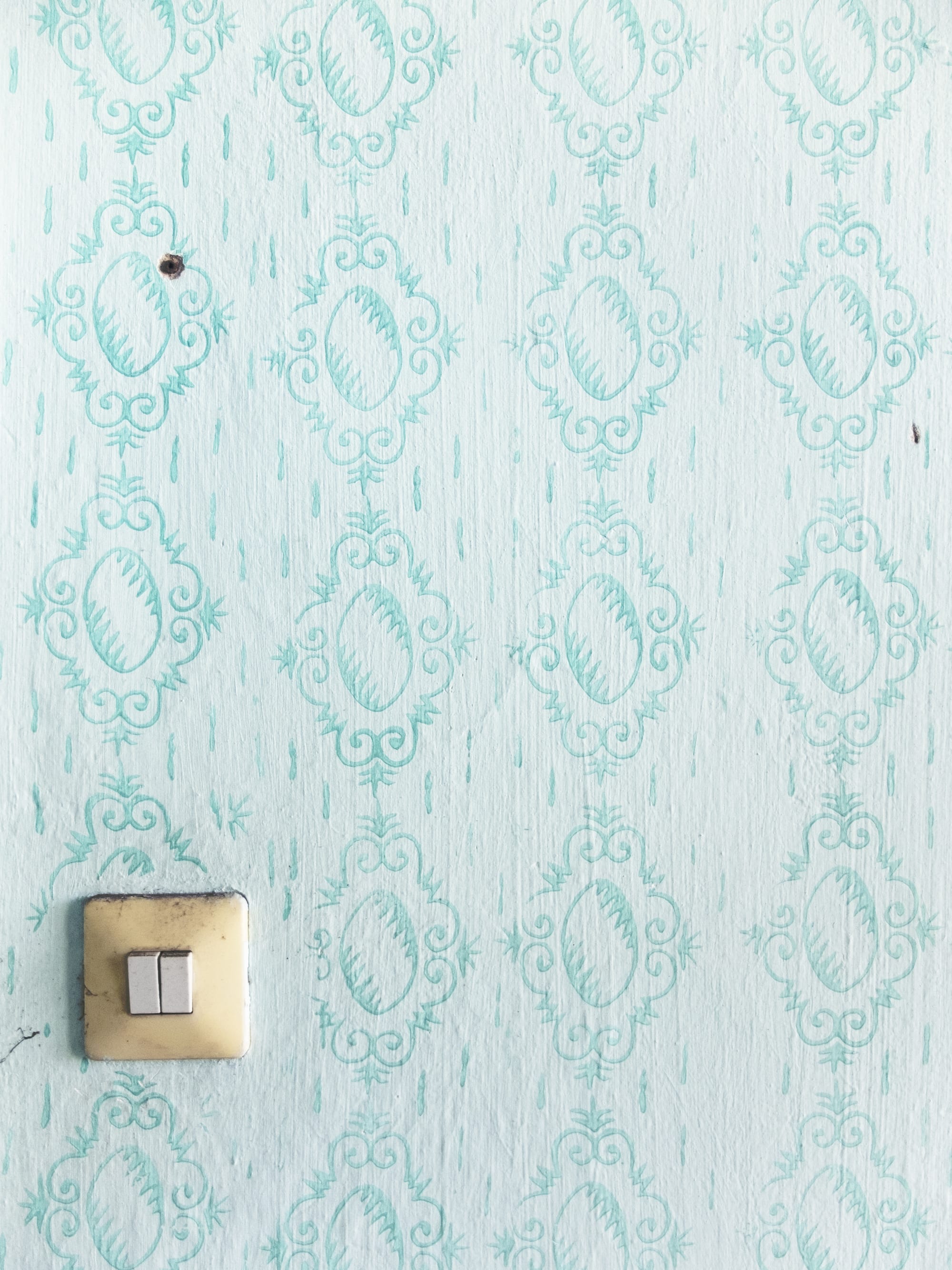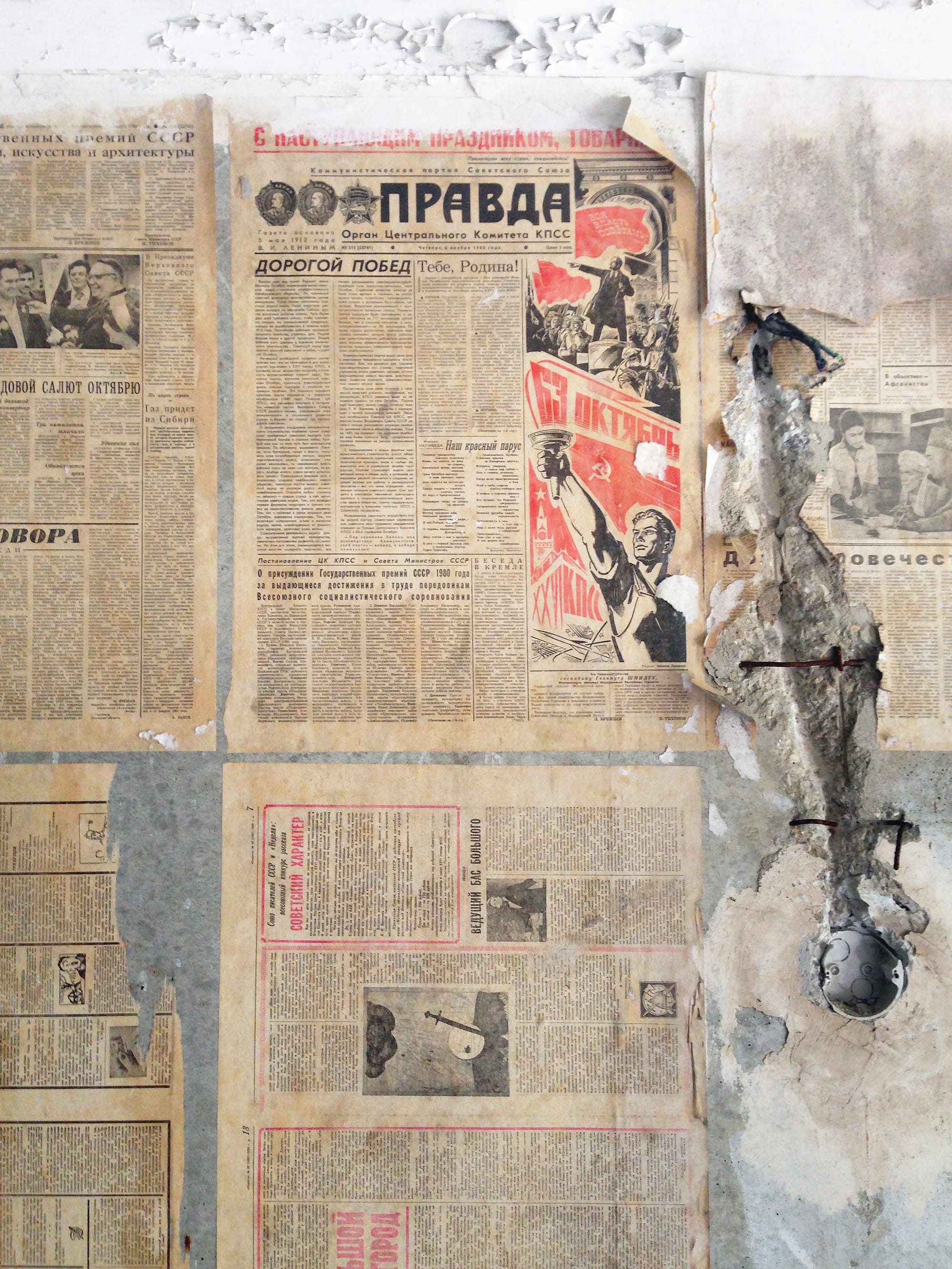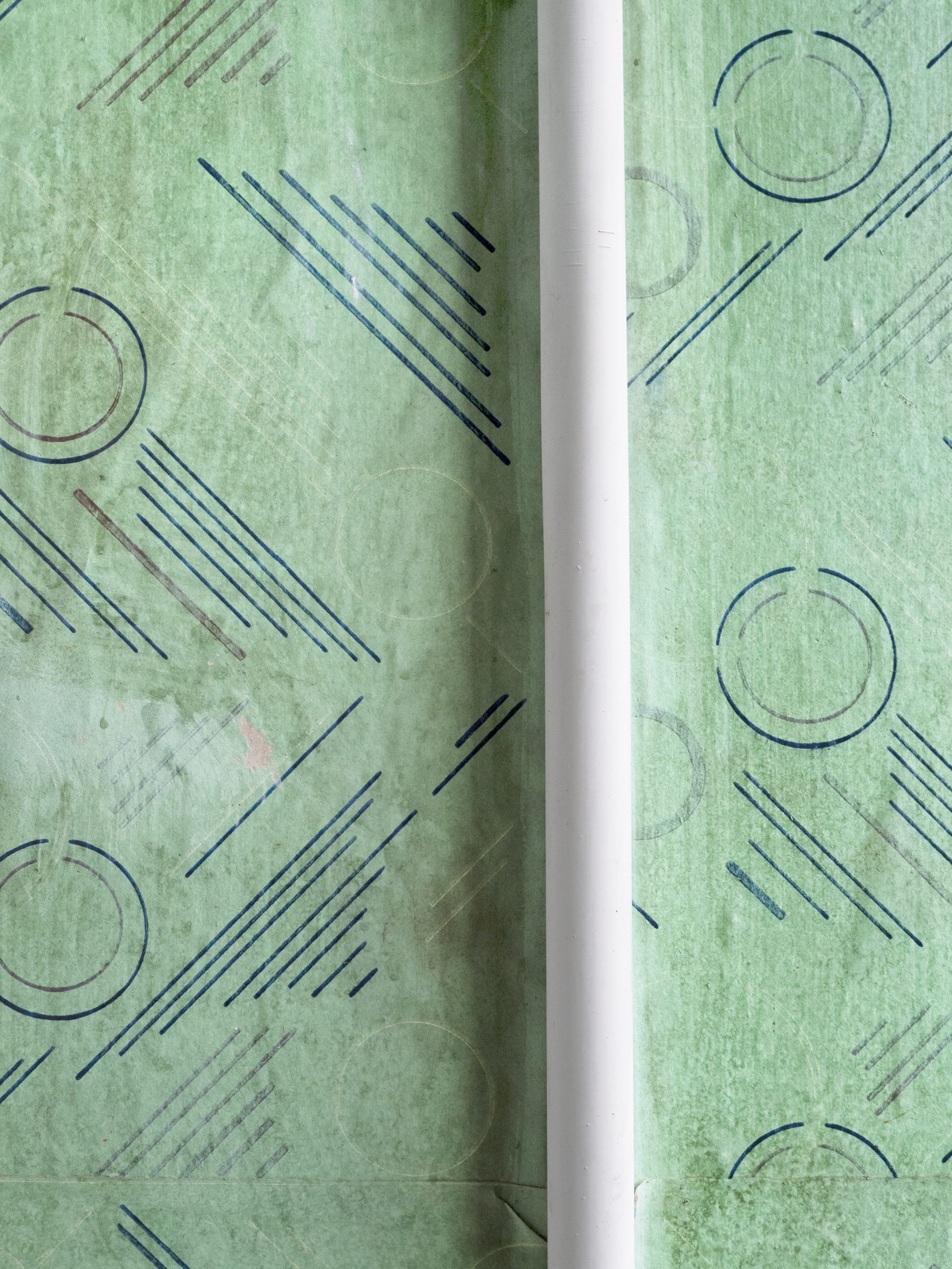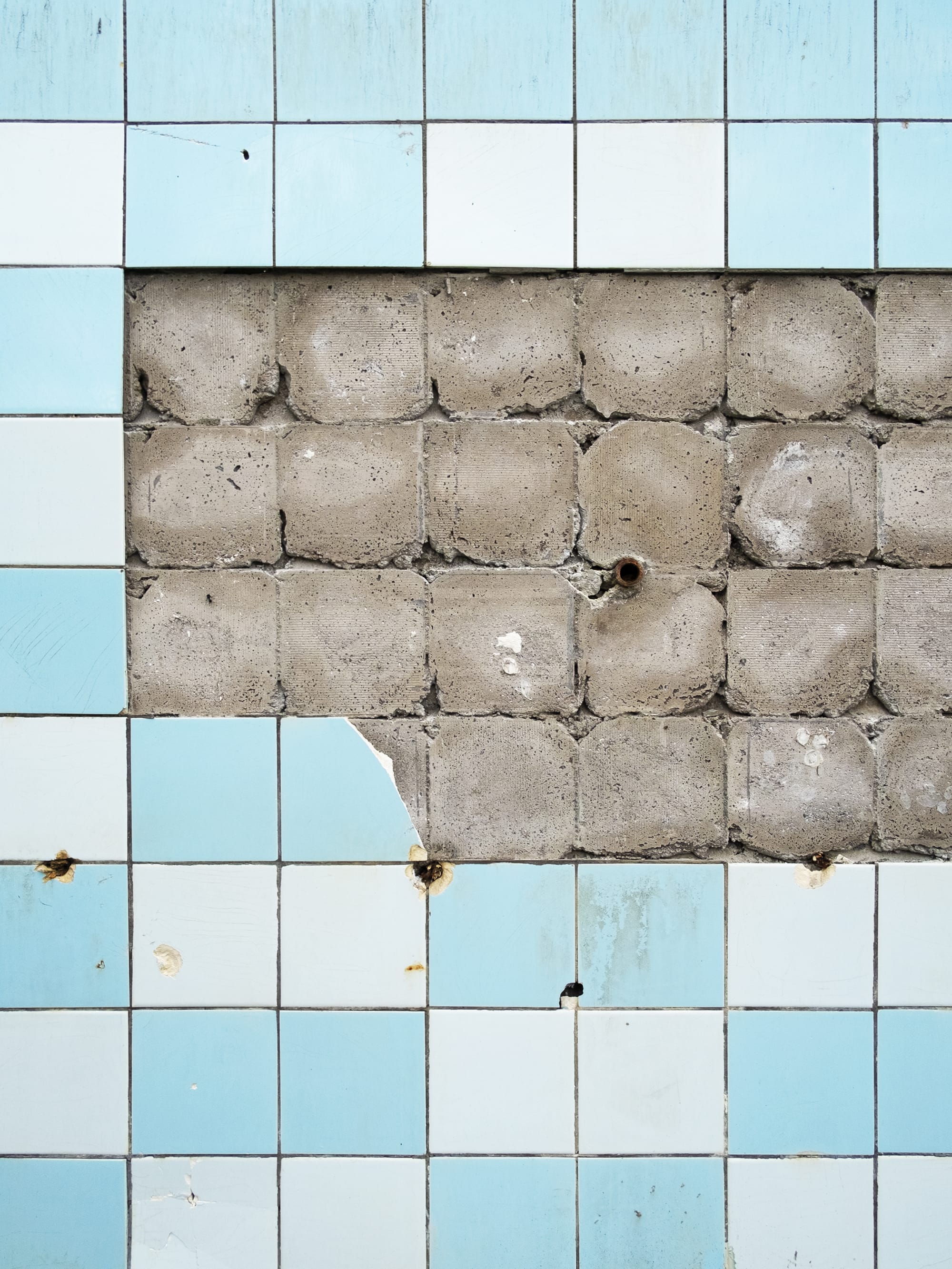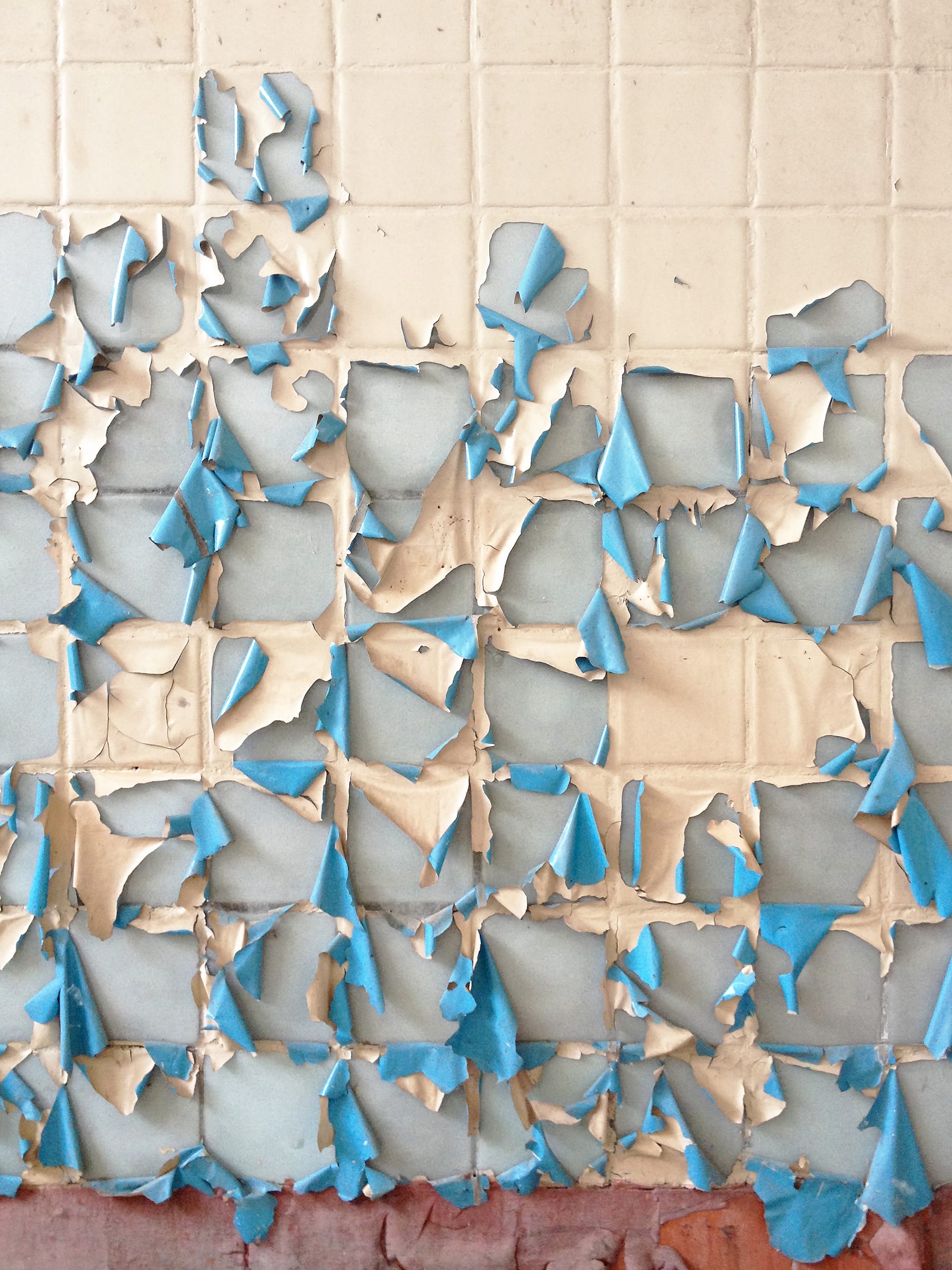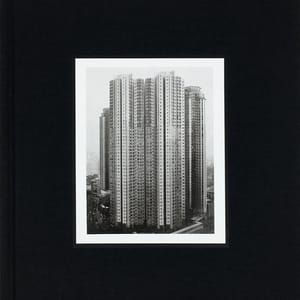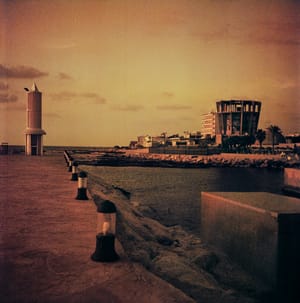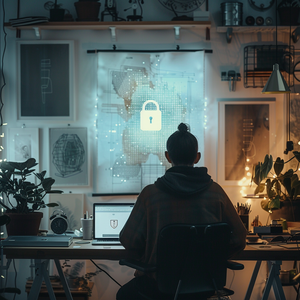Explore the hidden depths of Soviet-era architecture with Elena Amabili and Alessandro Calvaresi, the creative minds behind Soviet Innerness. Venturing beyond the stark, impersonal exteriors commonly associated with Soviet buildings, their project reveals vibrant, intimate glimpses of life through the interiors of abandoned structures. This article delves into how they capture these forgotten spaces, uncovering the personal stories and colorful details that lie within, challenging our perceptions and showcasing the humanity behind the Iron Curtain. Discover more about their journey, the challenges they face, and the profound stories they bring to light through their unique lens.
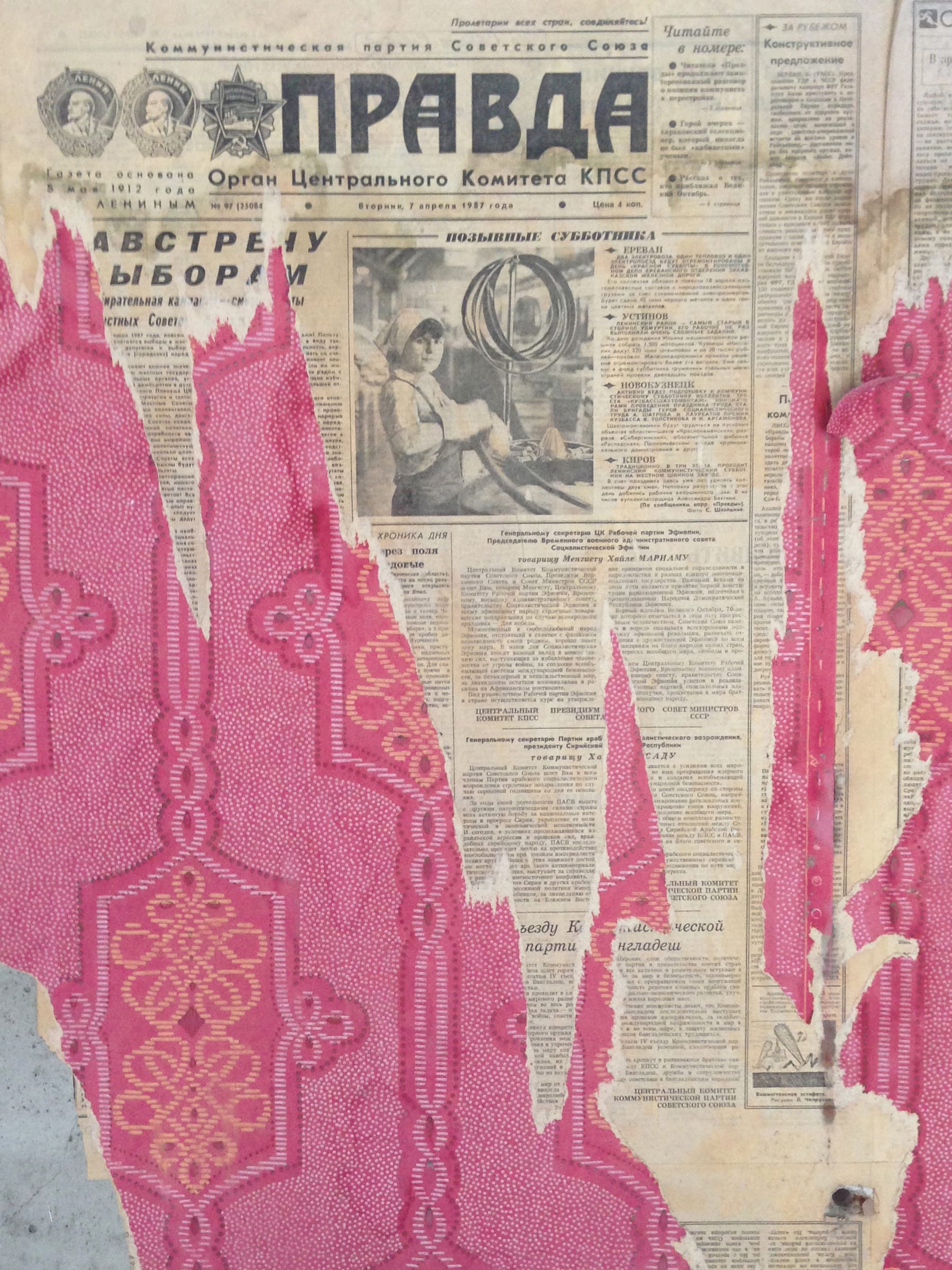
In the world of urban exploration, the name Soviet Innerness stands out as a poignant storyteller, revealing the hidden layers of life in the Soviet bloc that extend beyond the stereotypical imagery of grey, monolithic structures. Created by Elena Amabili and Alessandro Calvaresi, Soviet Innerness delves into the forgotten interiors of the Eastern Bloc, capturing the personal touches left behind in abandoned buildings. Their project offers a rare glimpse into the everyday lives and intimate spaces of those who once inhabited these now-desolate structures.
The Genesis of Soviet Innerness
Elena and Alessandro, both natives of an Italian village rich in historical heritage, have woven their love for patterns, interiors, and architecture into the fabric of Soviet Innerness. Their journey into this project began almost accidentally, driven by their innate curiosity and their backgrounds in architecture and photography. The project, rooted in a profound appreciation for history and preservation, aims to catalog the often overlooked aspects of Soviet interiors—particularly the layers of wallpaper that tell stories of past inhabitants.

Beyond Brutalism: A Story of Colors and Lives
Contrary to the cold and impersonal exteriors typical of Soviet architecture, Soviet Innerness highlights interiors rich in color and detail. Surprisingly, pink was a predominant color in these spaces, symbolizing a stark contrast to the external severity. This choice to focus on the softer, more vibrant aspects of Soviet life challenges the conventional narrative and offers a new perspective on the Soviet aesthetic, showcasing the humanity behind the historic façade.
The Challenge of Access and Exploration
The journey to each site is an adventure in itself. The duo relies on digital maps, historical photos, and sometimes sheer luck to locate these abandoned sites, which range from the heart of major cities to hidden gems in remote areas. Their explorations are not without risks—from navigating through decaying structures to the occasional encounter with guard dogs—but these challenges only add to the authenticity and thrill of their work.
The Role of the Urbex Community
While part of the broader urban exploration community, Elena and Alessandro approach their excursions with discretion to protect the sites from potential vandalism. The urbex community, known for its secrecy and respect for the sites, plays a crucial role in facilitating their explorations, though they often keep specific locations confidential to preserve their integrity.

A Reflection on Personal Space and Political Context
Soviet Innerness inadvertently captures a paradox—the personalization of spaces in a regime that often negated individuality. Through their images, Elena and Alessandro document the inherent human need to beautify and claim one's surroundings, regardless of the political or social context. This aspect adds a subtle yet powerful dimension to their work, bridging personal expression with historical realities.
Artistic Inspirations and Future Aspirations
Inspired by the clean lines of space-era architecture and the boldness of Colour Field painters, Soviet Innerness continues to evolve, with plans to expand their exploration to the Moldavian SSR. The project, which began as a photographic exploration, has grown into a broader cultural study, blending art, history, and architecture into a cohesive narrative.
The Path Forward
With over 400 photographs in their collection, Soviet Innerness is far from concluding. Elena and Alessandro see this project as an ongoing journey—one that will continue as long as there are stories to uncover and places to explore. They are also working on individual projects, further enriching their artistic and exploratory endeavors.
Soviet Innerness not only challenges our perceptions of Soviet architecture but also invites us to ponder the lives intertwined with these spaces. Through their lens, Elena and Alessandro offer us the keys to unlock the intimate stories hidden behind the Iron Curtain, preserving them before they fade into oblivion.


